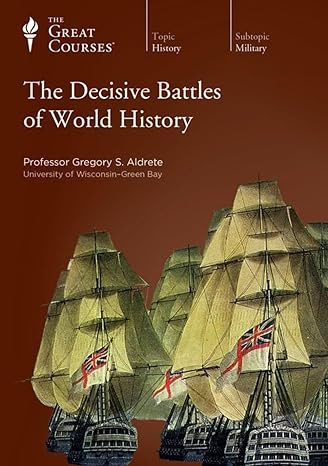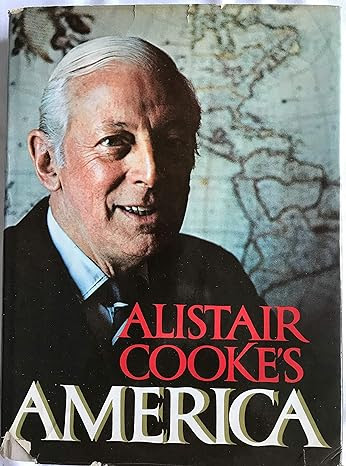FRANKLIN PIERCE: A LIFE from BEGINNING to END (Biographies of U.S. Presidents) (kindle) by Hourly History

Published in 2025 by Hourly History. Hourly History 's biography of Franklin Pierce offers a concise but comprehensive telling of Pierce's life. He was a politician, but his wife hated Washington, D.C. and spent as much time away from the capital as possible. He had two major foreign policy successes - the Gadsden Purchase from Mexico and opening Japan to foreign trade, but I was really interested in his policies that helped lead to the Civil War. Franklin Pierce is one of that group of 8 Presidents in a row from Van Buren to Buchanan that did not serve more than one term (two died in office) leading up to the Civil War. Some were stronger than others, but, as a group, these Presidents didn't show the kind of leadership needed to push the nation away from Civil War. Pierce was a New England Democrat that vociferously took the side of Southern Democrat slaveholders. His working theory was that there needed to be unity in the country and uniting behind slavery was a way t...


















